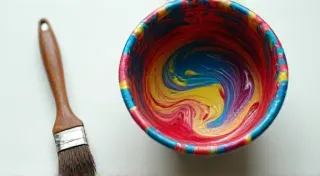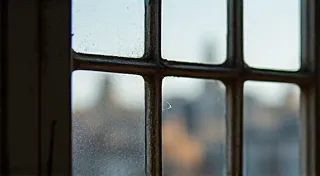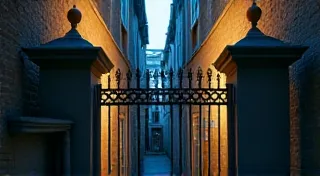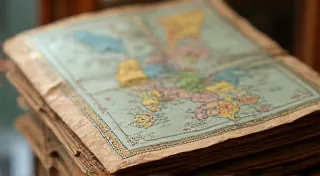Cartography of Longing: The Postcard as a Temporal Displacement Device
There’s a particular scent that clings to antique postcards – a whisper of aged paper, faded ink, and perhaps, a subtle echo of long-gone lives. It’s a scent that immediately transports me, not just to a place, but to a moment. I’m not alone in this; the enduring popularity of collecting antique city postcards speaks to a deep, almost primal, desire to connect with the past. It's more than just owning a piece of history; it's about stepping through a window, a temporal displacement device, to vicariously inhabit a city’s past.
My own fascination began with a single card – a view of Glasgow, Scotland, circa 1910. I found it nestled in a box of my grandmother’s belongings, a simple image of the city's docks, bustling with activity. It wasn’t particularly rare, not a sought-after example of lithographic artistry. Yet, staring at those grainy, black and white buildings, the tiny figures going about their daily lives, I felt an unexpected pang of…recognition. Not of the city itself – I'm an American – but of a shared humanity, a sense of belonging to a larger story that stretches far beyond my own experience.
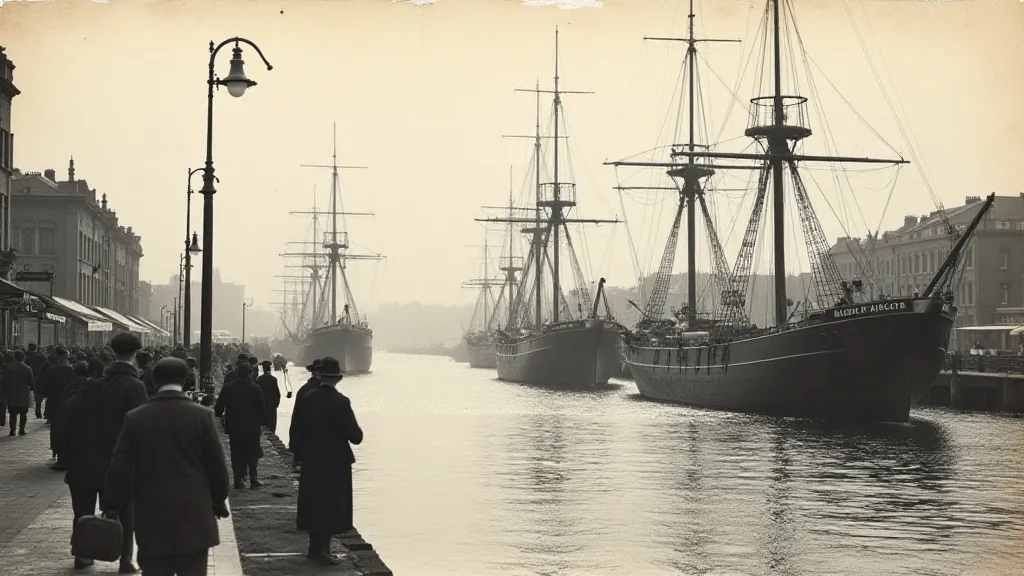
The Allure of Urban Landscapes in Miniature
City postcards, more than those depicting landscapes or portraits, hold a unique power. They offer a snapshot of urban life, a moment frozen in time. Think of Paris in the Belle Époque, New York City during the Roaring Twenties, or London struggling through the Blitz. Each card is a portal to a different era, a chance to witness the evolution of urban spaces and the lives of those who inhabited them. They showcase the pride and aspirations of a city, often featuring newly constructed landmarks, grand boulevards, and a palpable sense of progress.
The craft itself is also undeniably appealing. Early postcard history is intimately linked to the development of color lithography. Before photography became ubiquitous, postcards were painstakingly produced by hand, often with intricate details and vibrant colors achieved through complex printing techniques. The artists were skilled, capturing not only the physical appearance of a place but also its atmosphere – the feeling of a sun-drenched piazza, the smoky haze of an industrial skyline, the elegant bustle of a fashionable thoroughfare.
Deciphering the Clues: Identification and Rarity
For the burgeoning collector, learning to identify and understand the value of these miniature works of art can be a fascinating journey. There are several key factors to consider. The publisher’s imprint, often located on the reverse, is a crucial starting point. Companies like Rotogravure, Valentine, and Detroit Publishing were prolific producers of collectible postcards, and their output can help date the card. Examining the style of the image – the printing technique, the artistic style – also provides clues. Real Photo Postcards (RPPCs), also known as "Azos," are particularly sought after; these were essentially photographic prints mounted on card stock, offering a more realistic portrayal than lithographic images.
Rarity plays a significant role in determining vintage postcard values. Cards depicting unusual perspectives, events, or featuring distinctive publishers are more likely to command higher prices. Regional variations also matter; a postcard of a small town in the American Midwest, for example, might be significantly rarer than a postcard of a major city like Chicago or New York. However, the beauty of collecting isn’t always about monetary value. Sometimes, the most rewarding cards are those that resonate personally – a view of a place you’ve visited, a depiction of a moment in history that captures your imagination.
The Gentle Art of Preservation and Restoration
Antique postcards are fragile artifacts, vulnerable to the ravages of time. Proper handling and storage are essential for preserving their condition. Acid-free sleeves and albums are a must. Avoid direct sunlight and extreme humidity, which can cause fading and warping. The question of postcard restoration is a complex one. While minor cleaning with specialized archival materials is acceptable, drastic alterations can diminish a card’s value and historical integrity. A responsible collector prioritizes preservation over cosmetic enhancement.
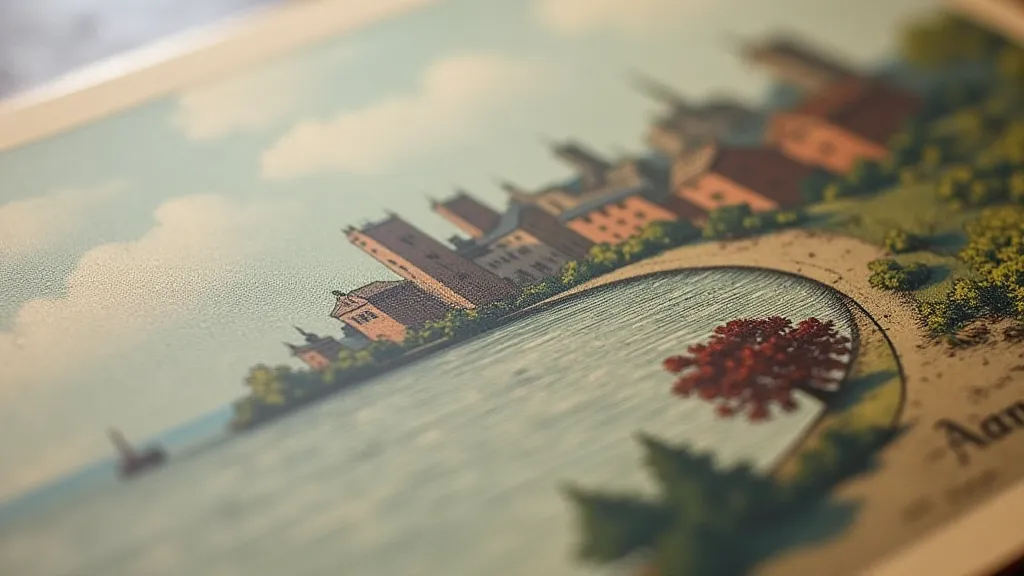
The Geography of Longing: Understanding the Image's Narrative
Beyond the aesthetic appeal and the historical significance, postcard geography – the story the postcard tells – is perhaps the most compelling aspect of collecting. Consider a postcard depicting a demolition site, or a neighborhood undergoing rapid change. These cards offer a glimpse into the ephemeral nature of urban landscapes, the constant cycle of renewal and decay. They remind us that cities are living entities, constantly evolving, constantly transforming.
The handwritten messages on the reverse, often brief and seemingly insignificant, can be surprisingly poignant. They offer a fleeting connection to the people who sent and received those cards – their hopes, their fears, their everyday concerns. Reading these messages is like eavesdropping on a conversation across time, a testament to the enduring power of human connection.
Building Your Collection: Tips for the Aspiring Collector
Starting a collection of antique city postcards doesn’t require a vast fortune. Flea markets, antique shops, and online auction sites are all excellent sources for finding affordable cards. Joining a postcard collecting club or forum can provide valuable advice and connect you with fellow enthusiasts. Remember, the most important thing is to enjoy the process of discovery. Let your curiosity guide you, and allow yourself to be transported to another time and place, one postcard at a time.
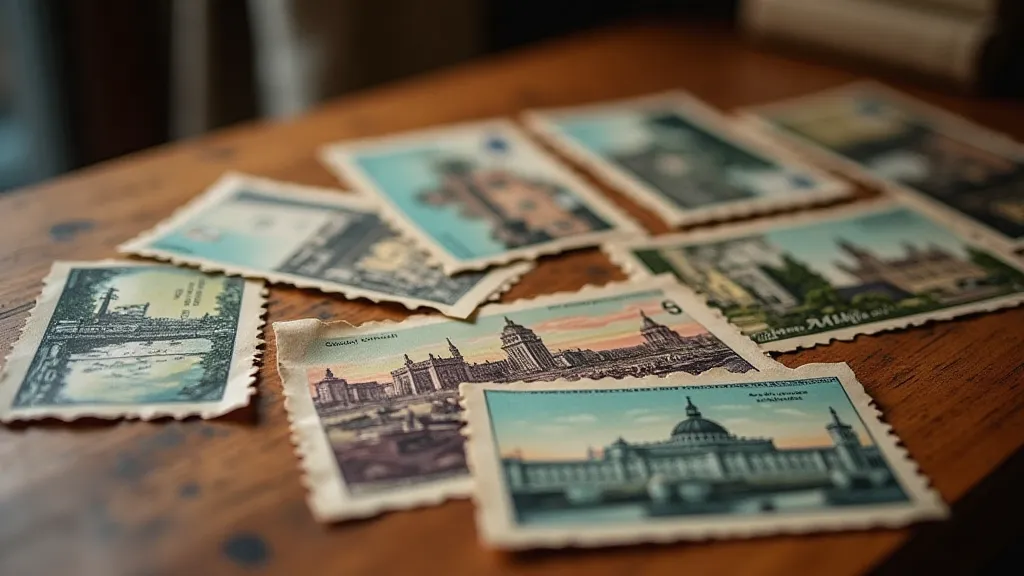
The postcard, that humble rectangle of paper, is more than just a souvenir. It’s a window to the past, a portal to another place, and a tangible link to the lives of those who came before us. It’s a postcard series guide to a different world.


